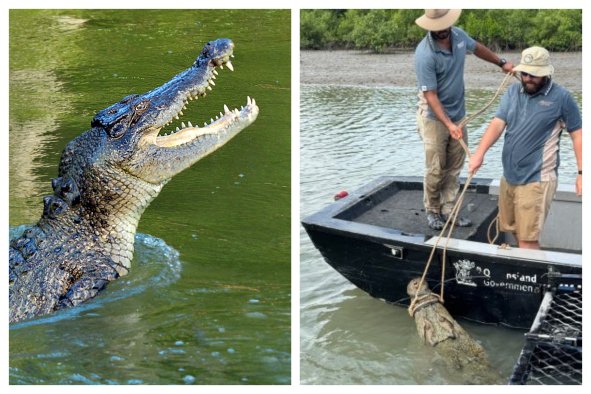A simple set of eye-tracking exercises may offer an effective solution for autism diagnosis in young children that can also assess the scale of the condition, new research has found. The findings promise to help overcome delays and disparities in diagnoses to allow for early interventions and ultimately reduce lifetime care costs.
Autism spectrum disorders are a diverse group of conditions characterized by some degree of difficulty with social interaction and communication, affecting roughly one in 36 U.S. children by the age of 8 years old, according to a 2020 report by the U.S. Centers for Disease Control and Prevention.
Previous research has shown that children diagnosed with autism before the age of 2 and a half are three times more likely to exhibit improvements in social symptoms compared to those diagnosed between the ages of 3 and 5. However, due to the need for specialist diagnoses, waiting lists for autism evaluations are often booked up a year in advance, with children from disadvantaged backgrounds particularly likely to experience these delays.
Therefore, there is a clear need for easy, effective diagnostic tools to help primary care practitioners accurately identify children with autism in the absence of a specialist diagnosis and also assess the scale of the condition.
In a new study, published in the journal JAMA Network Open, researchers from Purdue University in Indiana set about bridging this gap using a series of eye-tracking exercises.
The study looked at 146 children between the ages of 14 and 48 months who were given a series of tests to track their attention, fixation and pupil dilation, as well as various other eye-tracking metrics which have previously been associated with autism.
By combining these different metrics, the team were able to successfully identify individuals who had previously been given a clinical diagnosis of autism with 78 percent accuracy. And, when combined with a primary-care practitioner's evaluation, the diagnosis accuracy increased to 90 percent.
"At the population health level, equipping primary-care practitioners with a validated, multimethod approach to early diagnosis has the potential to substantially improve access to timely, accurate diagnosis in local communities where the availability of neurodevelopmental experts is scarce," the authors write.
"The findings of this diagnostic study suggest that multiple eye-tracking indices may be sensitive to autism, provide additional information beyond primary-care practitioners' diagnostic outcome and certainty, and, when integrated with these measures, may facilitate more accurate autism diagnosis."
Do you have a tip on a health story that Newsweek should be covering? Do you have a question about autism? Let us know via science@newsweek.com.
Disclaimer: The copyright of this article belongs to the original author. Reposting this article is solely for the purpose of information dissemination and does not constitute any investment advice. If there is any infringement, please contact us immediately. We will make corrections or deletions as necessary. Thank you.



